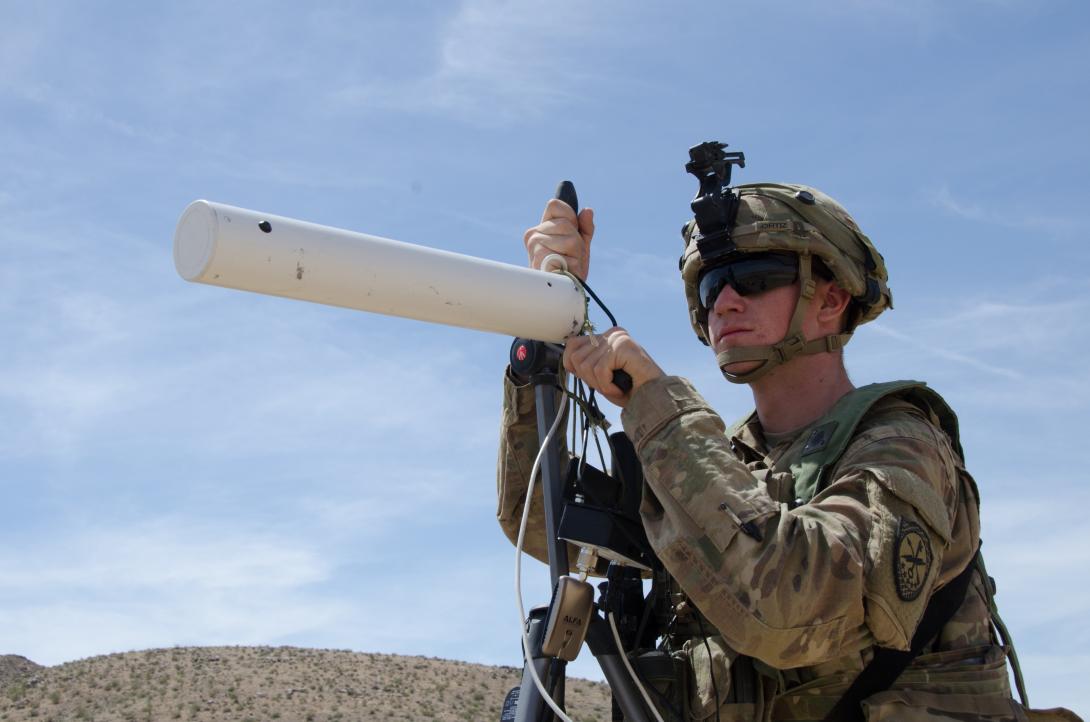Big Contract Opportunities for Small Businesses
The Defense Information Systems Agency (DISA) seeks to equip warfighters with tools that will keep them connected to the cloud in a contested electromagnetic spectrum as the probability of conflict with a state grows.
“Shooting, moving, communicating and making sure they can do that,” said Debra Daniels, deputy director, Defense IT Contracting Organization at the agency. Daniels was summarizing the goals of the agency for this fiscal year as businesspeople attended DISA’s Forecast to Industry 2022 to lay out its interests in new technologies.
Officials from various departments within DISA spoke about upcoming opportunities for small businesses offering novel products.
“Now, we’re going to send forces to places where the electromagnetic spectrum is highly contested,” said John Sherman, Department of Defense chief information officer.
Sherman explained that after the new National Security Strategy issued by the White House, the adversaries are states with high-tech capabilities with the ability to disrupt communications.
“Now, it’s not an option, cyber survivability can be just as dangerous for our forces as a kinetic kill,” Sherman said.
All speakers at the event focused on cloud computing, communications and electromagnetic dominance.
Now, we’re going to send forces to places where the electromagnetic spectrum is highly contested.
To invite small businesses as DISA suppliers, Carlen Capenos, director of the agency's Office of Small Business Programs, stressed that her department spent $16 billion in the last decade in this sector and directed potential participants to its resource page.
Informing what to supply is structured around the lines of effort, as detailed in the agency’s Strategic Plan.
One direction that Sherman pointed toward was JADC2, the Joint All Domain Command and Control initiative by which data will flow in real time between space, field soldiers, the intelligence community, air and sea assets, and command centers.
Despite the technical difficulties, Sherman was clear: “We’re gonna get this done, we’ve got the right men and women working on this.”
Other hot areas are cybersecurity analytics and the use of commercial alternatives for securing networks with zero-trust architectures.
All applications to be employed by the Department of Defense should be resilient enough to function in the cloud and be resilient under severe communications disruptions by an adversary, during military operations, according to the panelists.






Comments